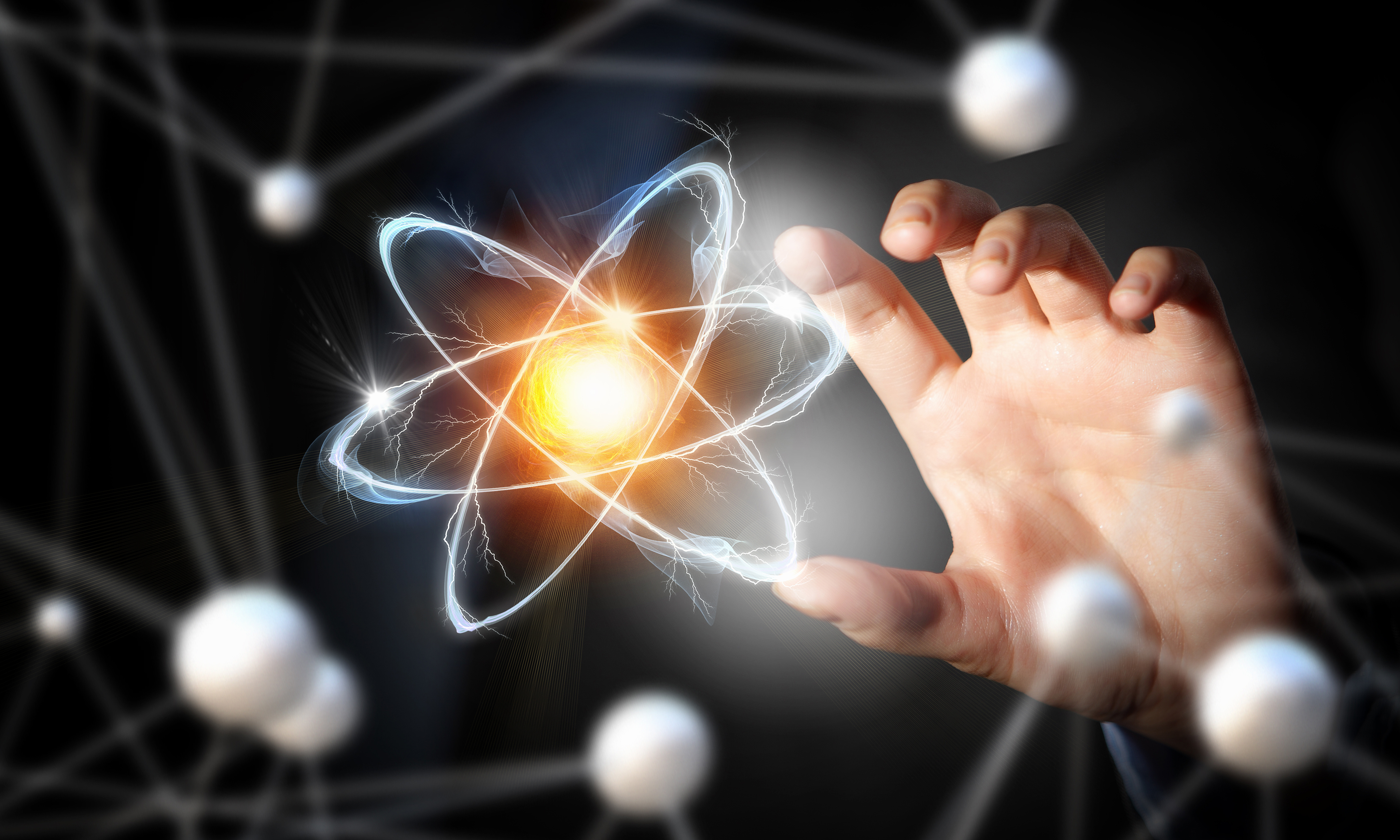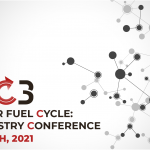Since the launch of the project in June 2017, work in Domain 1 – Process chemistry and modelling, has been successfully initiated. Within WP1 – Fission product behaviour, Sr(II) and Tc(VII) with a TODGA solvent have been studied. Moreover, work in WP2 – Degradation chemistry addressed the behaviour of different organic and aqueous phases upon irradiation. A new aspect in GENIORS is the focus put on water soluble ligands such as PTD, TEDGA, CDTA. Part of these studies was performed in the framework of the collaboration agreement with the US Department of Energy (DoE).
Important for the safe operation of TODGA based solvent extraction processes, the amount of dihydrogen generated upon irradiation of such solvents was quantified. Studies on the loading capacity of organic and aqueous phases were performed in WP3 – Solvent extraction chemistry. Furthermore, the question whether TODGA degradation products would lead to an unwanted retention of metal ions in the organic phase during back extraction was addressed.
Finally, an improved and simplified GANEX solvent was introduced. Work in WP4 – Solid/liquid interface chemistry started with the fabrication and characterisation of U-Ce particles by the sol-gel method and a study on the effect of crystal defects on the dissolution behaviour of oxide materials.
Standing for GEN IV integrated oxide fuel recycling strategies, GENIORS will provide solutions to improve the multi-recycling of radioactive waste, with a focus on the 4th generation of nuclear reactors, expected to enter into operation by 2030.
Coordinated by Stéphane Bourg, from the CEA, GENIORS is a H2020 project that gathers 24 partners: 10 nuclear research centres, 10 universities, 2 nuclear operators, one SME and one technical safety organisation.
Post written by Andreas Geist from KIT and GENIORS partner.
Comments are closed.





